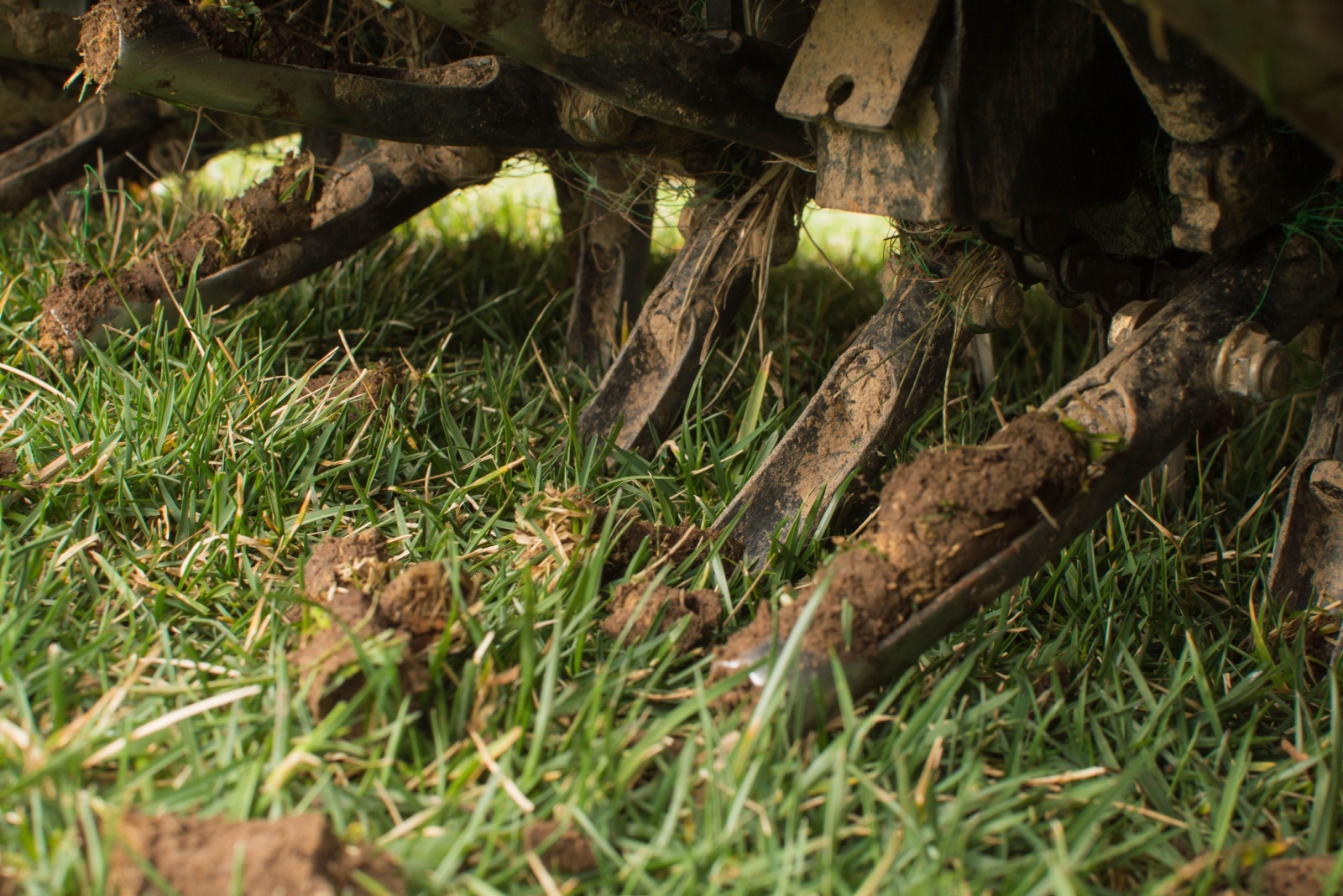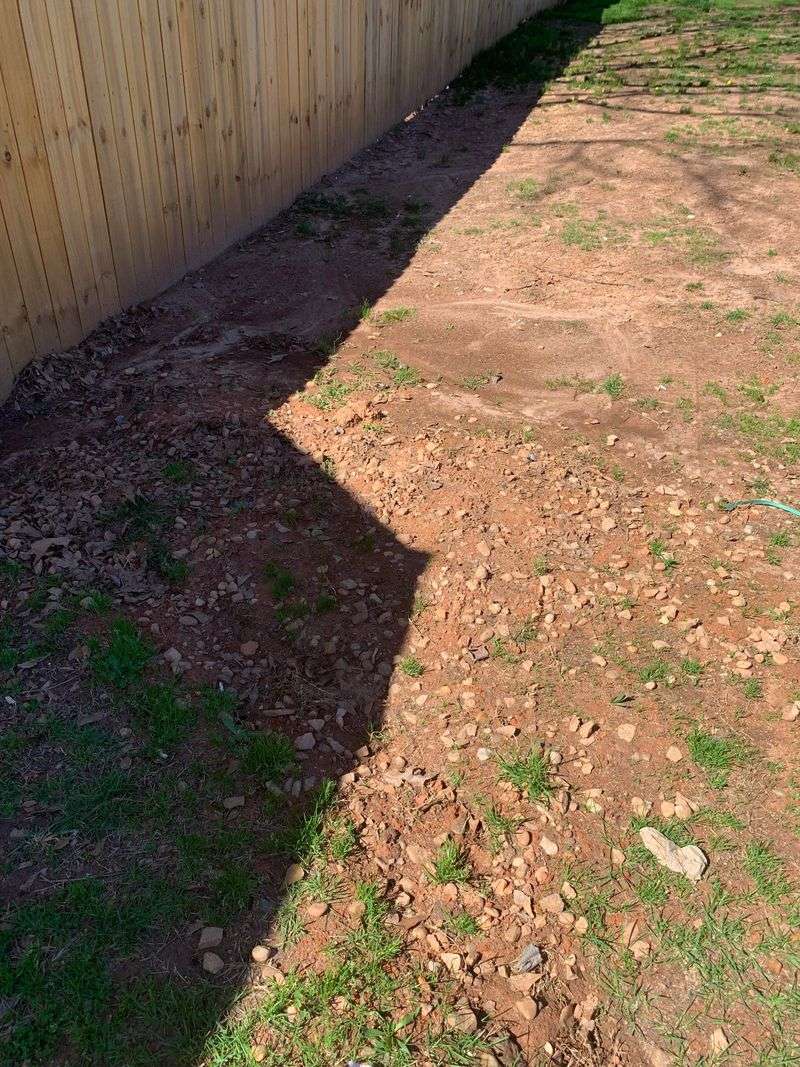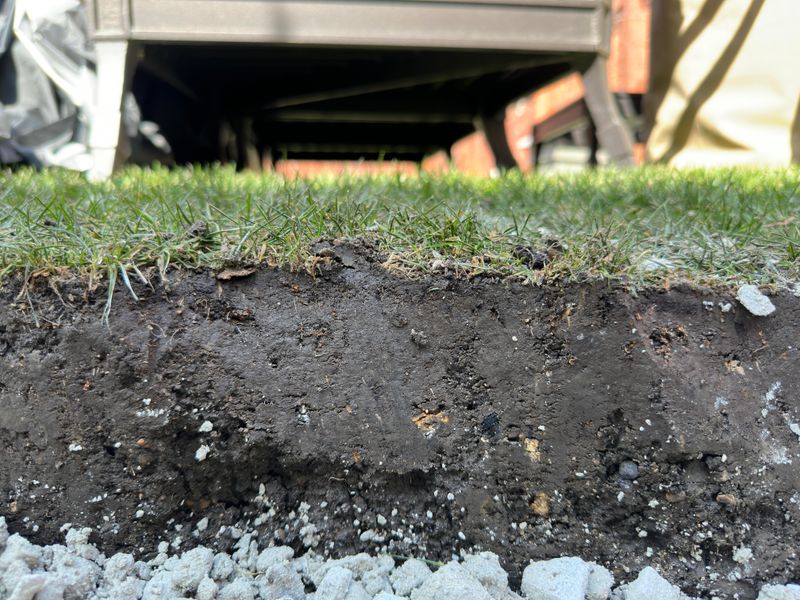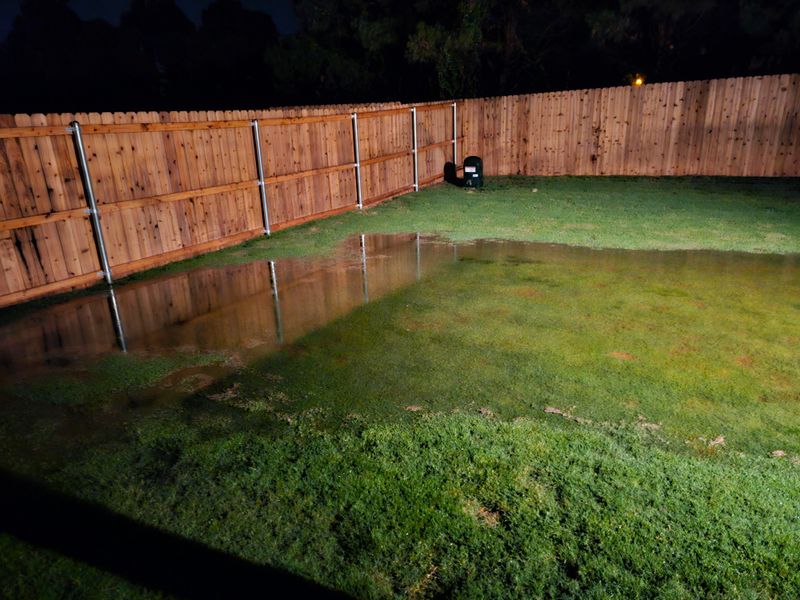Wisconsin winters are notoriously harsh, and your lawn needs all the help it can get to survive months of freezing temperatures and heavy snow. Fall aeration might seem like just another chore on your garden to-do list, but it’s actually one of the smartest moves you can make before the first snowflakes arrive.
Skipping this important step could leave your grass struggling come spring, and nobody wants to spend extra time and money fixing problems that could have been prevented.
1. Compacted Soil Blocks Essential Nutrient Flow
Walking on your lawn all summer creates invisible damage beneath the surface. Foot traffic, lawn equipment, and even kids playing soccer pack down the soil particles until they’re pressed together like concrete.
When soil gets this tight in Wisconsin yards, water and nutrients can’t reach grass roots where they’re needed most.
Aeration punches small holes through that hardened layer, creating pathways for air, moisture, and fertilizer to penetrate deeply. Without this intervention before winter, your grass enters the cold season already starved and weak.
2. Root Growth Happens During Cool Fall Months
Most people think grass stops growing when temperatures drop, but that’s only half true. While the green blades above ground slow down, roots actually thrive during Wisconsin’s cooler fall weather.
This underground growth period is your lawn’s chance to build a strong foundation before winter dormancy sets in.
Aerating in September or October gives roots the loosened soil they need to spread wider and dig deeper. Skip this timing, and you miss the natural window when your grass wants to strengthen itself for survival.
3. Thatch Buildup Suffocates Your Lawn Over Winter
That spongy layer between your grass and soil isn’t just dead plant material—it’s thatch, and too much of it creates a suffocating blanket. When thatch gets thicker than half an inch, it traps moisture against grass crowns and prevents air circulation.
Wisconsin’s freeze-thaw cycles during winter make this problem even worse, turning thick thatch into an icy barrier.
Aeration breaks through this layer, allowing your lawn to breathe properly throughout the cold months. Ignoring thatch before snowfall practically invites disease and rot.
4. Spring Flooding Damage Starts With Poor Drainage
Remember those giant puddles that sit on your lawn every spring when the snow finally melts? That’s not just bad luck—it’s a drainage problem you can fix ahead of time.
Compacted soil can’t absorb Wisconsin’s heavy spring runoff, leaving water sitting on the surface where it drowns grass roots and creates muddy messes.
Fall aeration creates channels for all that melted snow to drain properly into the ground instead of pooling up. By the time April arrives, your lawn will handle moisture like a sponge instead of a swimming pool.
5. Fertilizer Applications Get Wasted Without Proper Soil Contact
You might be throwing money away every time you fertilize if your soil is too compacted. Those expensive nutrient pellets need to reach the root zone to actually feed your grass, but hard soil keeps them sitting uselessly on the surface.
Rain and irrigation just wash surface fertilizer into storm drains instead of down where Wisconsin lawns need it most.
Aeration opens up pathways so your fall fertilizer investment actually penetrates to hungry roots below. Without those holes, you’re basically feeding the sidewalk instead of your lawn.
6. Winter Survival Depends On Strong Pre-Season Preparation
Think of fall aeration like winterizing your car—you wouldn’t skip antifreeze and expect your engine to survive January in Wisconsin. Your lawn faces similar brutal conditions and needs proper preparation to make it through.
Aerated grass enters dormancy with stronger roots, better nutrient reserves, and improved resilience against temperature swings.
When spring finally arrives, properly aerated lawns green up faster and recover from winter stress more completely. Skipping this step means starting next season with a weakened, struggling lawn that needs extra work.







